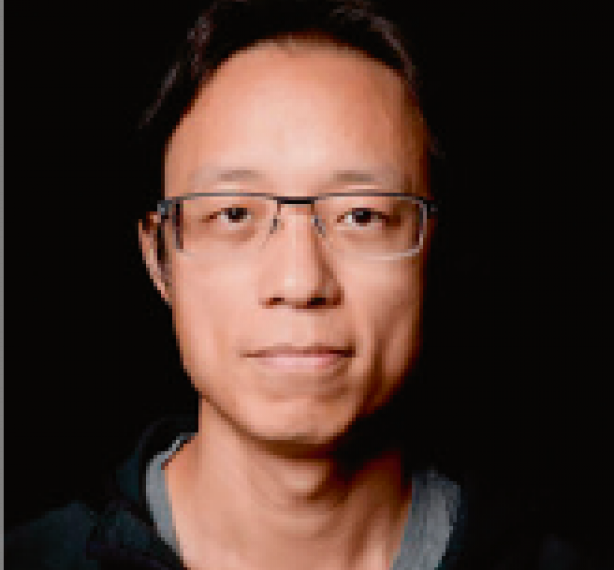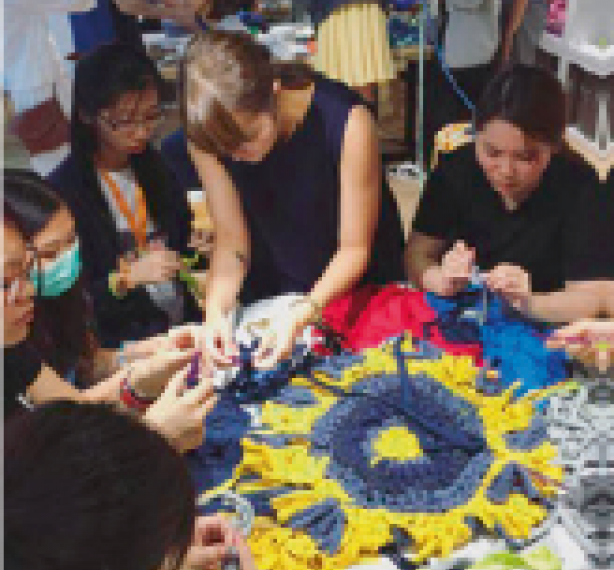Why Digital Materials are Critical to the Future of Fashion

Jørgen Sevild, Director of Business Development and Client Strategy at INQOVA, believes digitisation is inevitable in the field of fashion and technologies should be accessible to all in the industry.
Before tapping into the field of fabric and material digitisation, Sevild was keen on making digital denim models. With an education background in engineering and professional experience in denim manufacturing, Sevild began experimenting with the idea of constructing 3D denim models digitally with photogrammetry, a technology stitching hundreds of images together to render models. He even got his pair of digital jeans to dance. Soon, he found himself in a situation of playing with the 3D creation alone and unable to make any actual contributions to the industry.
The gap between the learning and self-exploration of technology and industry demands is what students, fresh graduates and even seasoned designers and entrepreneurs could face any day in their work. Instead of stubbornly holding on to the dancing denim, Sevild decided to dig deeper and find out what was really needed in the industry and how to make them better with technology. Knowing that the move to digital was inevitable in the fashion industry, Sevild closely examined how the industry worked, and detected the needs for digitised fibre and fabric.
Through his research, Sevild found out that many physical garment samples produced by design students and designers eventually go to waste. It also leads to waste of capital and time if the fabric sample ordered was not what the designer expected. To solve these issues, Sevild proposed a digitised database for fabric samples, where the full information of each fabric is readily available paired with high quality images or scanning of the fabric. This not only increases the accuracy of orders but also contributes to higher qualities in digital sample renderings.
Sevild also emphasises on the accessibility of 3D technology in the industry. In his opinion, these technologies should never be dreadful terms we see in research papers, but rather hands-on tools every designer can adopt if they wish to, and they all should.
In one of the technologies that Sevild introduced in his talk, a physically based rendering can be formed online with the help of any type of camera, a flash and a computer. Designers can then use the renderings on their 3D models to create a model closer to their vision.
Innovative technologies have long existed in academia and research facilities, but now, more than ever, we should encourage accessible technologies in every other field in life. Jørgen Sevild is leading that change in the field of fashion.
Others

Latest News | 1 January 2023
Mario Cucinella on Green Architecture

Latest News | 1 January 2023
The Future of Urbanism

Latest News | 1 January 2023
VR for Pain Management

Latest News | 1 January 2023
Beyond Design

Latest News | 1 January 2023
A Feel for the Future of Bioengineering

Latest News | 1 January 2023
Sampling the Future of Fashion

Latest News | 1 January 2023
A Step Beyond Wrapping Products

Latest News | 1 January 2023
Spider-Inspired Eco-Fabric

Latest News | 1 January 2023
Fungi Stakes a Claim in the Luxury Market

Latest News | 1 January 2023
Rethinking the Everyday: Material Non Material

Latest News | 1 January 2023
The True Metaverse will be Decentralized

Latest News | 1 January 2023
Game Changer Artificial Intelligence, from Automation to of Digital Systems

Latest News | 1 January 2023
Sustainability in Education

Latest News | 1 January 2023
The Tree Project Vision
Latest News | 1 January 2023
test
